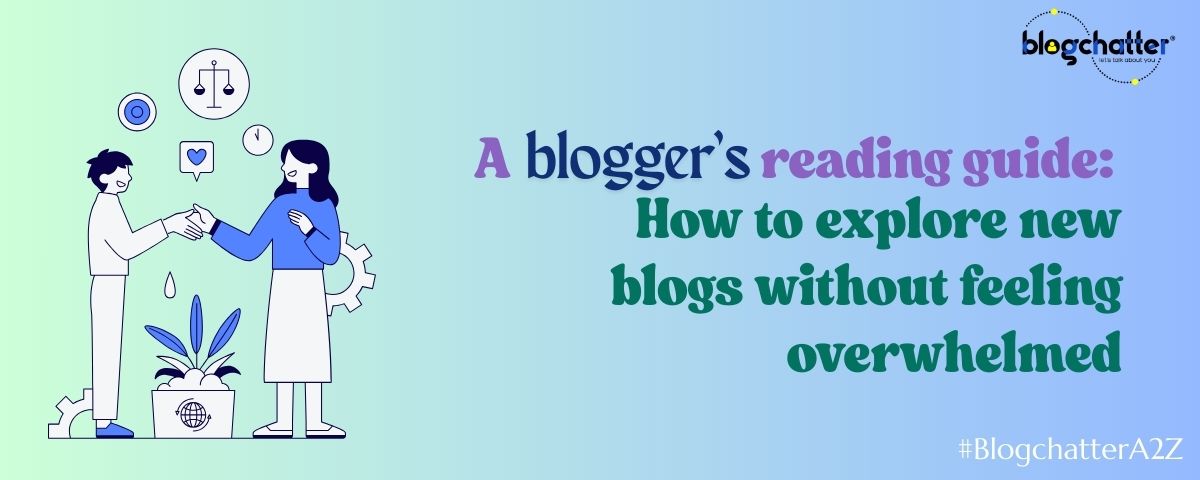All web navigation is aimed at delivering a pleasing experience. Users seek information and appreciate when that information is easily accessible without having to go through multiple click-ins or navigate a website extensively. Content creators and web designers have the onus of providing a good user experience which may ultimately lead to conversions.
Website design is what determines the navigation experience and whether the relevant content is accessible to the visitor.
Here are a few tips to design a website that has easy navigation.
WHAT’S YOUR STORY
If your website design is good to begin with, you won’t have to spend time and resources trying to correct the web navigation flaws later.
Begin with a clarity of purpose. What are you trying to showcase through your website? Is it a product or some services that you offer? Are you providing information to students about a process? Is your website a shop front for your offline business? Or are you an author who is trying to sell her/his books?
Once you are clear with what you want to communicate, you are more likely to keep that prominent on your website.
Get conversions from visits: to have repeat visits and to convert your visitors, you need to provide a pleasing user experience when someone lands on your website.
WELCOME
Make your visitors feel welcome at the first click. Make sure that the colours scheme and the fonts are not jarring and are not difficult to decipher for people with disabilities. In other words, your website should be designed for accessibility.
VISIBILITY
Your most important information needs to be at the centre and at the front so that the visitor does not have to go looking for it. Display your CTA prominently so that you can guide your visitors.
CLEAR NAVIGATION
The hierarchy of information should not be more than 3 levels deep. Make sure that additional pages and categories are clearly displayed and their names are self-explanatory.

BEST PRACTICES
Check out the best practices in designing a website before you freeze the structure. These are the elements that work best and you cannot go wrong with them. Incorporate those into your website rather than going in for bells and whistles that feel obscure.
STREAMLINE
Make sure that you don’t clutter up your website with lots of visual elements. Have proper spacing between text and incorporate white space to avoid a cluttered interface.
RESPONSIVE
Have a responsive design for your website so that the content and navigation looks good on all devices. A major part of browsing is done from mobile phones so keep your theme mobile-friendly.
NO DISTRACTIONS
Limit pop-ups on your website and don’t ask readers to subscribe the moment they land. Don’t have distracting videos or animations playing. Make sure that your website loads fast.
SKIMMING IS GOOD
No one wants that a visitor should skim the website but it is imperative that your reader is able to assimilate the information at a glance without having to go though huge blocks of text. Have enough headings and subheadings.
Easy navigation of your website makes for happy customers. What are the elements on your website that you need to fix?







Comments
My blog is a very simple one and easy to navigate